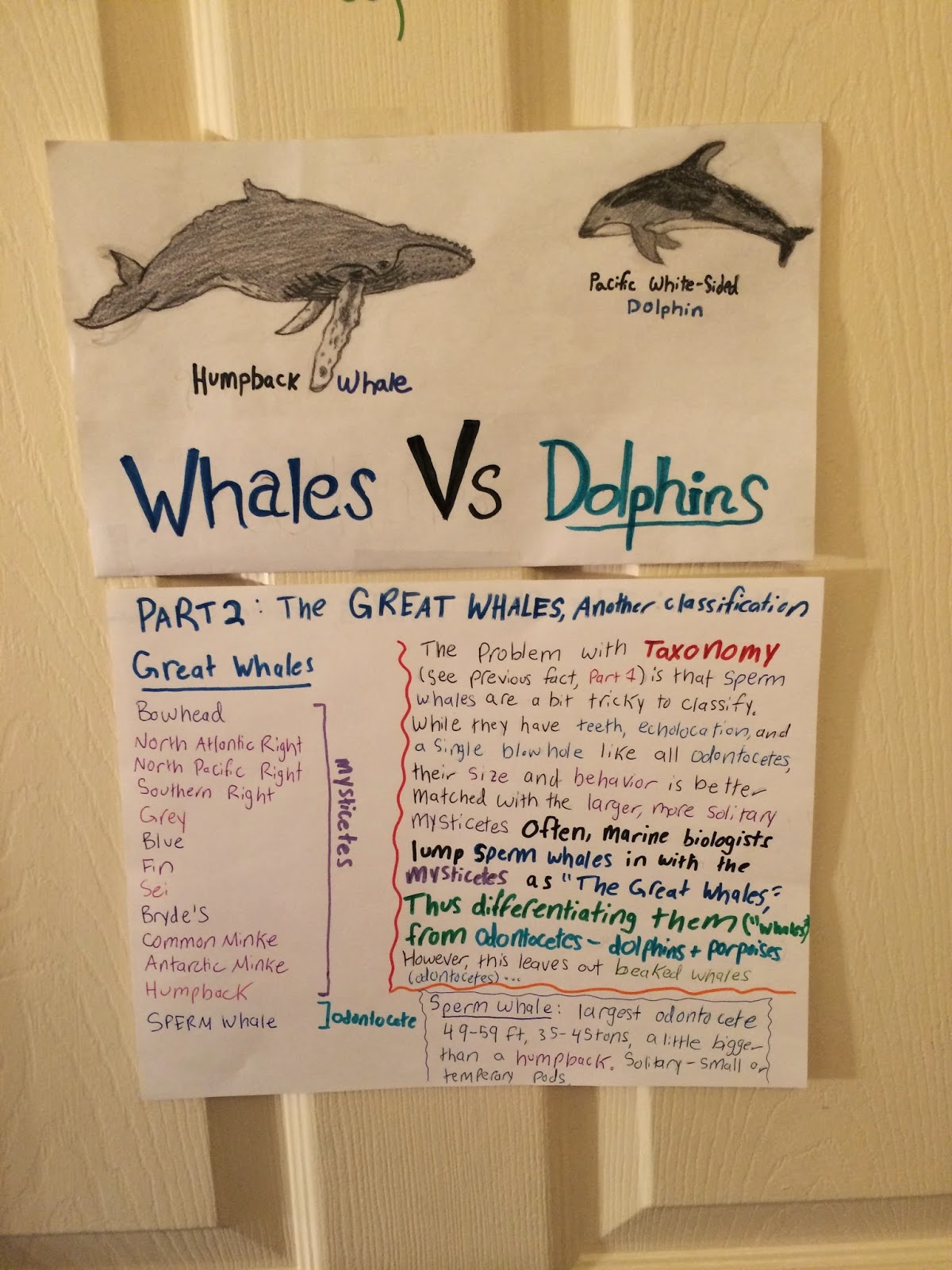 |
| A humpback whale bubble net feeding photo credit: Wikipedia |
The same technique can also less commonly be called a 'bubble cloud.' The cloud is used less for the herding the prey into a tight ball than for simply blinding the prey from the view of the lunging whale until it is too late. It is hard to say if these two techniques are actually distinctly different or one in the same. There are certainly variations a lot on the bubble netting technique, however, which actually hold strong significance for this species... more about that next time...


























